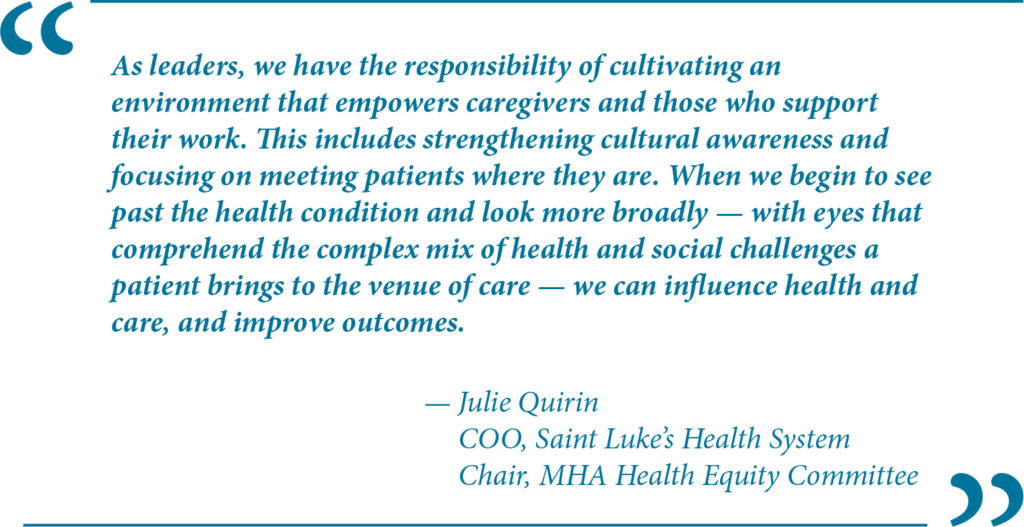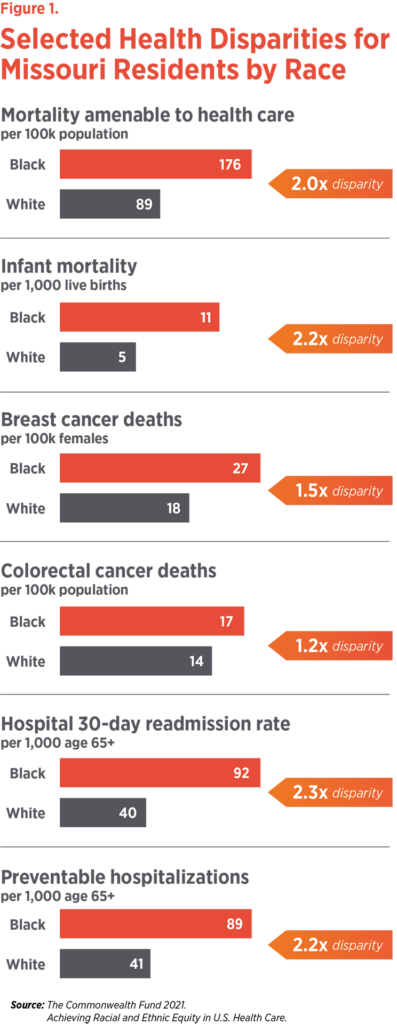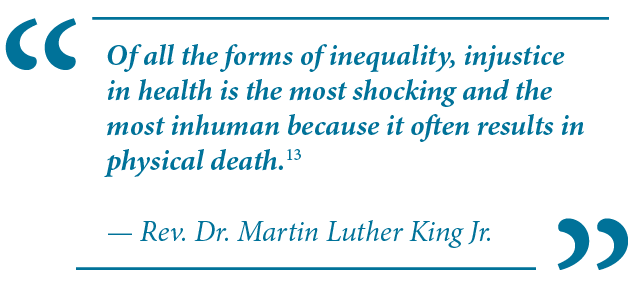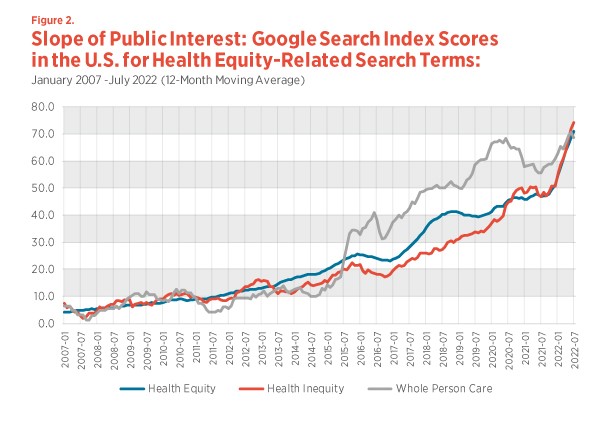1 Institute of Medicine (US) Committee on Quality of Health Care in America. (2001). Crossing the Quality Chasm: A New Health System for the 21st Century. National Academies Press (US). Available at: https://pubmed.ncbi.nlm.nih.gov/25057539/
2 Butler, S. (2018). How ‘‘Wrong Pockets’’ Hurt Health. JAMA Forum Archive. Retrieved from https://jamanetwork.com/channels/health-forum/fullarticle/2760141
3 U.S. Department of Health and Human Services. Centers for Medicare & Medicaid Services. (2022, August). Medicare Program; Hospital Inpatient Prospective Payment Systems for Acute Care Hospitals and the Long-Term Care Hospital Prospective Payment System and Policy Changes and Fiscal Year 2023 Rates; Quality Programs and Medicare Promoting Interoperability Program Requirements for Eligible Hospitals and Critical Access Hospitals; Costs Incurred for Qualified and Non-qualified Deferred Compensation Plans; and Changes to Hospital and Critical Access Hospital Conditions of Participation. Retrieved from https://public-inspection.federalregister.gov/2022-16472.pdf
4 Hill, J., Nielsen, M. & Fox, M. H. (2013). Understanding the social factors that contribute to diabetes: A means to informing health care and social policies for the chronically ill. The Permanente Journal, 17(2), 67-72. https://doi.org/10.7812/TPP/12-099
5 Mapp, S., Gabel, S. G. (2019). It is easier to build strong children than to repair broken men. Journal of Human Rights and
Social Work, 4(3), 145-146. https://doi.org/10.1007/s41134-019-00106-z
6 Missouri Department of Health and Senior Services. (2022, June). A Multi Year Look at Maternal Mortality in Missouri, 2017-2019 Pregnancy-Associated Mortality Review. Retrieved from https://health.mo.gov/data/pamr/pdf/2019-annual-report.pdf
7 Felitti, V. J., Anda, R. F., Nordenberg, D., Williamson, D. F., Spitz, A. M., Edwards, V., Koss, M. P. & Marks, J. S. (1998). Relationship of childhood abuse and household dysfunction to many of the leading causes of death in adults. The adverse childhood experiences (ACE) study. American Journal of Preventive Medicine, 14(4), 245-258. https://doi.org/10.1016/s0749-3797(98)00017-8
8 Merrick, M. T., Ford, D. C., Ports, K. A., Guinn, A. S., Chen, J., Klevens, J., Metzler, M., Jones, C. M., Simon, T. R., Daniel, V. M., Ottley, P. & Mercy, J. A. (2019). Vital Signs: Estimated proportion of adult health problems attributable to adverse childhood experiences and implications for prevention — 25 states, 2015-2017. Morbidity and Mortality Weekly Report, 68(44), 999-1005. https://doi.org/10.15585/mmwr.mm6844e1
9 2010-2015 U.S. Centers for Disease Control and Prevention, National Vital Statistics Program; and 2019 U.S. Census American Community Survey.
10 Tan, T. W., Shih, C. D., Concha-Moore, K. C., Diri, M. M., Hu, B., Marrero, D., Zhou, W. & Armstrong, D. G. (2019). Disparities in outcomes of patients admitted with diabetic foot infections. PloS One, 14(2), e0211481. https://doi.org/10.1371/journal.pone.0211481
Akinlotan, M. A., Primm, K., Bolin, J. N., Ferdinand Cheres, A. L., Lee, J, Callaghan, T. & Ferdinand, A. O. (2021). Racial, rural, and regional disparities in diabetes-related lower-extremity amputation rates, 2009—2017. Diabetes Care, 44(9), 2053-2060. https://doi.org/10.2337/dc20-3135
11 Llopis-Jepsen, C. (2022, July 19). Kansas and Missouri health care is saddling people of color with debt. NPR in Kansas City, KCUR. Retrieved from https://www.kcur.org/news/2022-07-19/kansas-and-missouri-saddle-people-of-color-with-medical-debt
12 Sabin, J. A. (2020, January 6). How we fail black patients in pain. American Association of Medical Colleges. Retrieved from https://www.aamc.org/news-insights/how-we-fail-black-patients-pain
13 Galarneau, C. (2018). Getting King’s words right. Journal of Health Care for the Poor and Underserved, 29(1), 5-8. https://doi.org/10.1353/hpu.2018.0001
14 Press Ganey. (2022). Retrieved from https://www.pressganey.com/
15 Missouri Hospital Association. (2021). Statewide Survey conducted by American Viewpoint, April 11-14, 2021.
16 Merriam-Webster Dictionary. (n.d.). Health. Retrieved August 2022 from https://www.merriam-webster.com/dictionary/health; Equity. Retrieved August 2022 from https://www.merriam-webster.com/dictionary/equity
17 Braveman, P., Arkin, E., Orleans, T., Proctor, D. & Plough, A. (2017, May 1). What Is Health Equity? And What Difference Does a Definition Make? Princeton, NJ: Robert Wood Johnson Foundation. Retrieved from https://www.rwjf.org/en/library/research/2017/05/what-is-health-equity-.html
18 Centers for Disease Control & Prevention, National Center for Chronic Disease Prevention and Health Promotion. (2022). Health Equity. Retrieved from https://www.cdc.gov/chronicdisease/healthequity/index.htm
19 Merriam-Webster Dictionary. (n.d.). Social. Retrieved August 2022 from https://www.merriam-webster.com/dictionary/social; Determinant. Retrieved August 2022 from https://www.merriam-webster.com/dictionary/determinant
20 World Health Organization. (n.d.). Social determinants of health. Retrieved August 2022 from https://www.who.int/health-topics/social-determinants-of-health#tab=tab_1
21 Argita. S. & Hinton, E. (2018, May 10). Beyond Health Care: The Role of Social Determinants in Promoting Health and Health Equity. Henry J. Kaiser Family Foundation. Retrieved from https://www.kff.org/racial-equity-and-health-policy/issue-brief/beyond-health-care-the-role-of-social-determinants-in-promoting-health-and-health-equity/
22 Hood, C. M., Gennuso, K. P., Swain, G. R. & Catlin, B. B. (2016). County health rankings: Relationships between determinant factors and health outcomes. American Journal of Preventive Medicine, 50(2), 129–135. https://doi.org/10.1016/j.amepre.2015.08.024
23 Merriam-Webster Dictionary. (n.d.). Anchor. Retrieved August 2022 from https://www.merriam-webster.com/dictionary/anchor; Institution. Retrieved August 2022 from https://www.merriam-webster.com/dictionary/institution
24 National Academies of Sciences, Engineering and Medicine. (2017). Communities in Action: Pathways to Health Equity. Washington, DC: The National Academies Press. doi: 10.17226/24624. Retrieved from https://nap.nationalacademies.org/resource/24624/anchor-institutions/





















